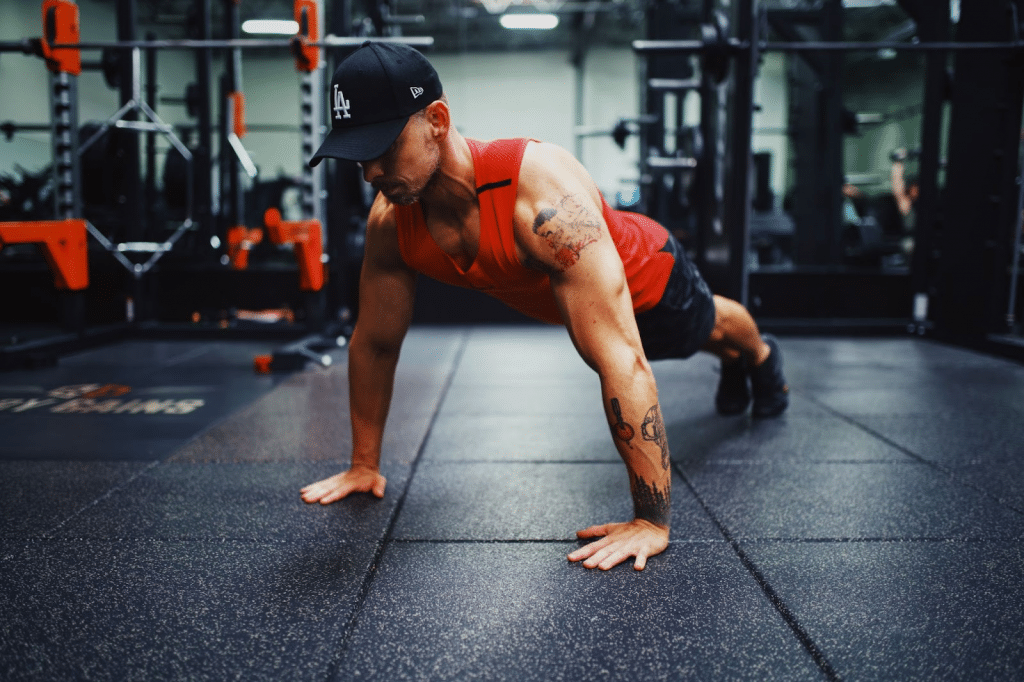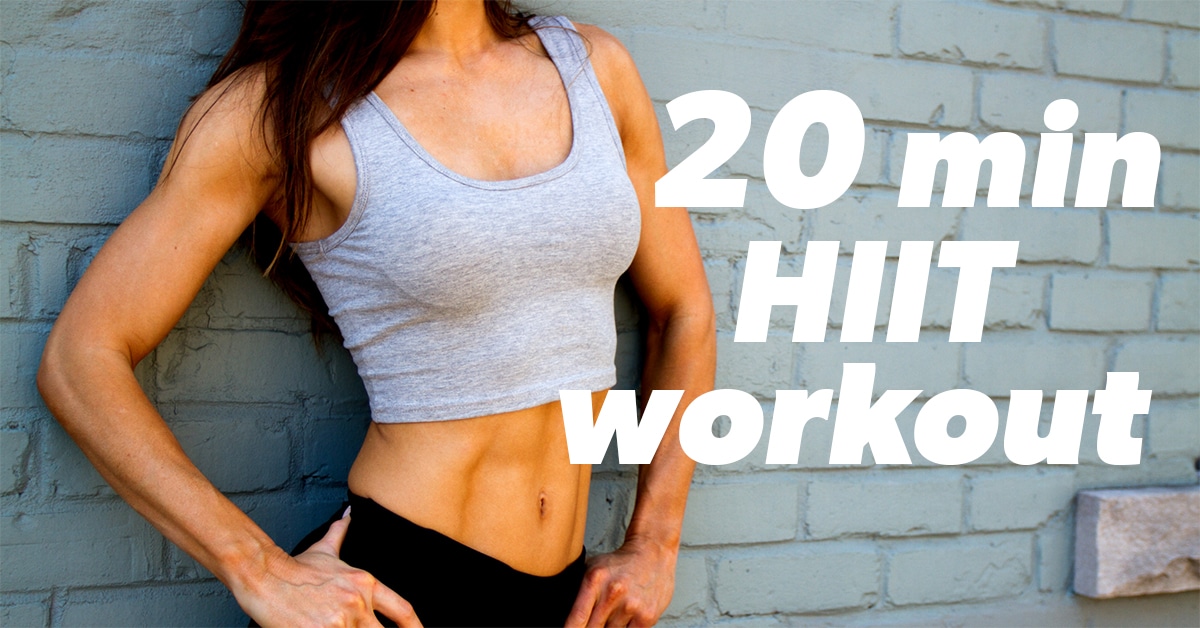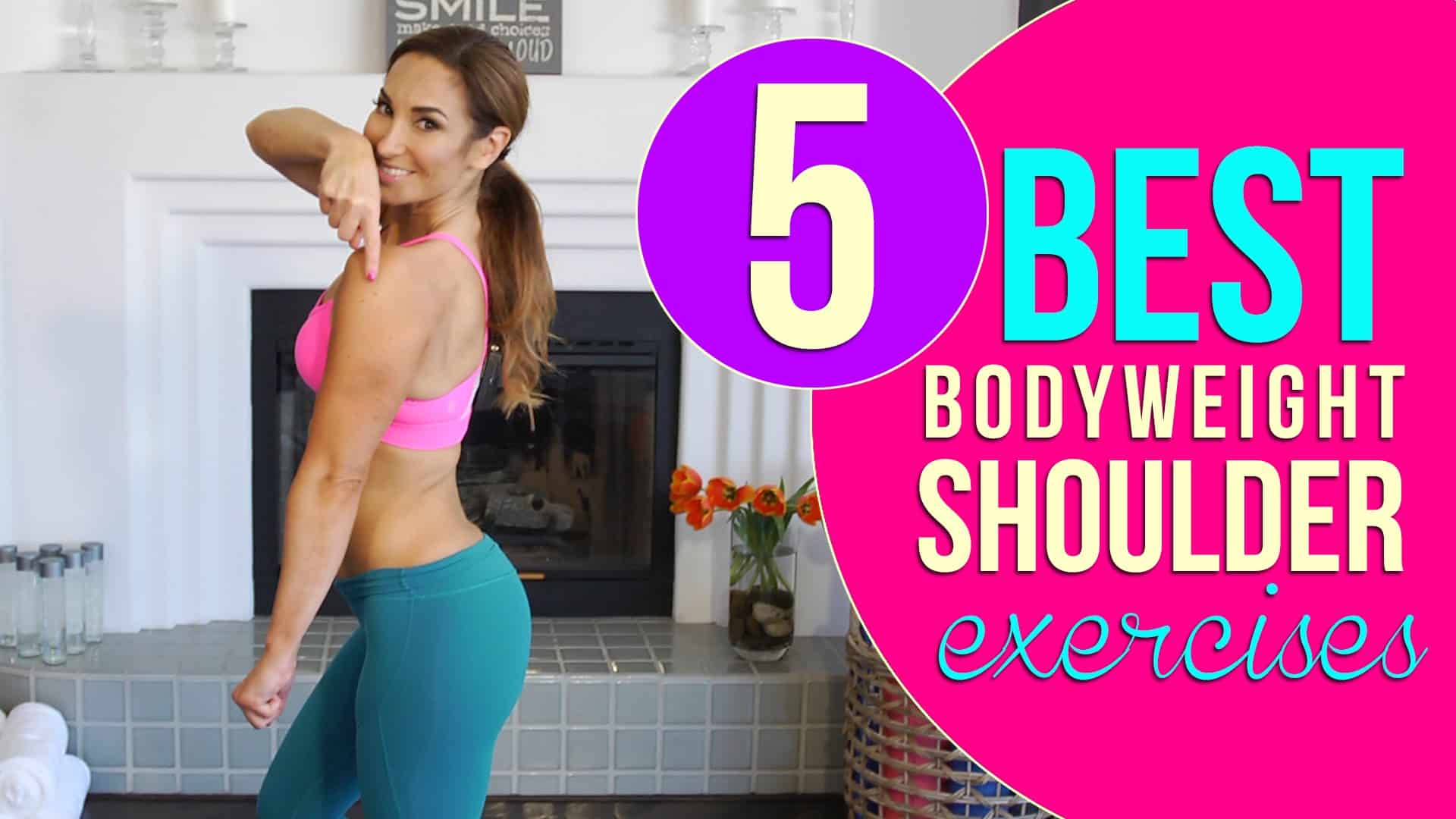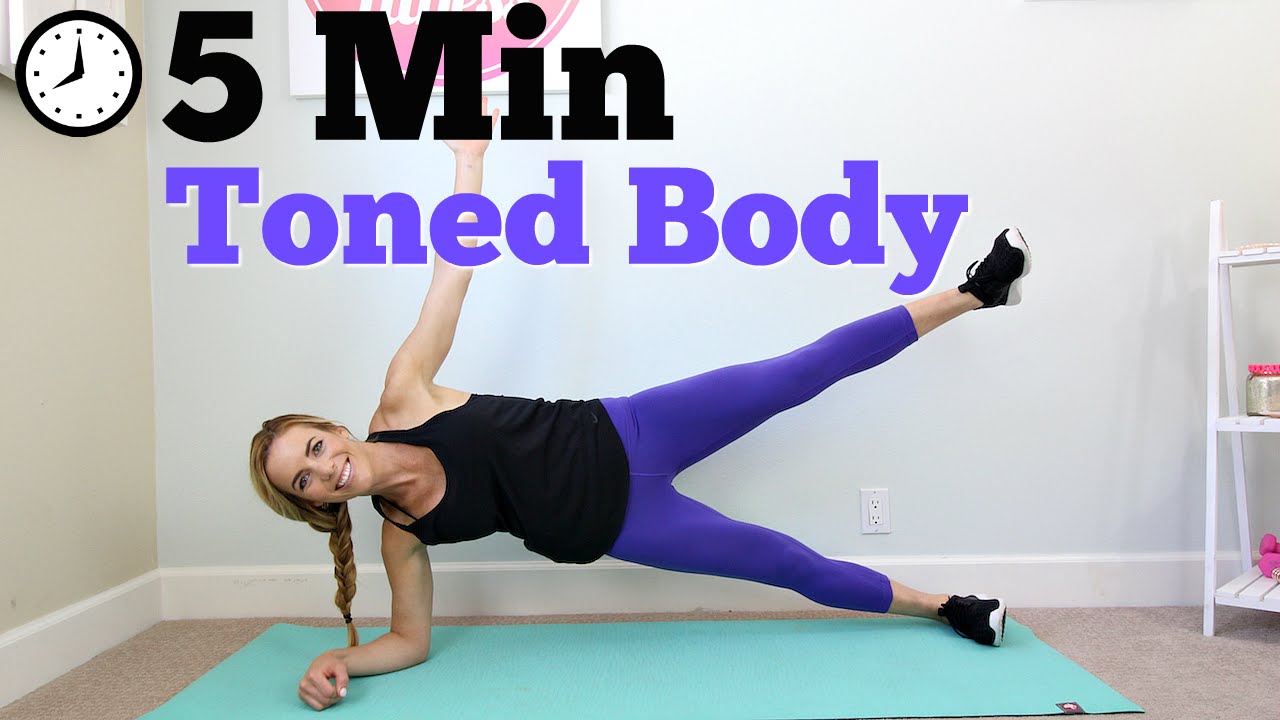If you run a google search for ‘How often should I workout abs’, not only will you get a dozen different exercises guaranteeing chiseled abs, but also conflicting recommendations on ab workout frequency.
The reason behind this is that abs get worked upon through other exercises, like squats, which is a compound exercise that primarily works on your legs but extends to the core muscle group.
When it comes to abs, more is not better. For the best results, you should be training abs 2-3 times a day, giving the muscle group time for recovery.
This post takes a closer look at the scientific way of ab building and the best schedule to follow.
Ideal Workout Frequency for Abs
| Beginner | Intermediate-Advanced | |
| Training history | Less than 1 year of resistance training | More than 1 year of resistance training |
| Frequency | 1-2x a week | 2-4x a week (including compound movements) |
| Ideal exercises | Sit-upsSpider plank crunch Bicycle crunches Leg drops | PlankSide plank Dragon flag Standing barbell rollout |
Essentially, it would help if you treat your abs like other muscle groups in your body. So, it’s completely okay if you plan on working out your abs two to three times a week.
However, knowing the reason behind it and why opinions differ is worthwhile.
Abs workout is a complex topic to talk about, and this mainly has to do with people’s mindsets. Senior bodybuilders recommend you work out on your abs daily, while your local gym instructor will stick to no more than two to three times a week.
The truth is abs can handle frequent training, and anyone in the fitness industry will vouch for a regular workout.
Undeniably, the debate around training frequency for abs will continue, and things only make sense when you put it in perspective with your fitness goals.

Myths vs Facts
Abs are a key component of any fitness regimen. Not only do they provide support for your core, but they also help you look and feel great. Unfortunately, there are many myths about abs that need to be debunked in order to really understand the truth about them. From the role of genetics to how much exercise you need to get visible results, there are several factors that determine how your abs will look.
| Myth | Fact |
| Spot reduction will help you get a six-pack: Spot reduction is a technique that involves focusing exercise on one area of the body in order to reduce fat from that region. It’s a popular belief among some fitness enthusiasts, but unfortunately spot reduction doesn’t work for abs. The truth is, you can’t target your abdominal muscles and expect them to be visible. Instead, you must focus on burning fat from your entire body in order to get the definition that comes with well-defined abs. | Abdominal exercises alone can’t reduce fat: Abdominal exercises can help you build strong, toned muscles in your midsection. But unfortunately, doing crunches and planks alone won’t reduce fat. You must include a comprehensive fitness program that includes aerobic exercise, strength training, and a healthy diet in order to burn fat and see results. |
| You must do thousands of crunches to get a six-pack: No matter how many crunches you do, it won’t help you get a six-pack if your body fat percentage is too high. You must reduce your overall body fat to less than 15 percent for men and 14 percent for women in order to see the definition of a six-pack. | A combination of core exercises and cardio is the best way to get a six-pack: Core exercises like planks and crunches will help you build strong abdominal muscles, while aerobic exercise helps you burn fat and reduce your overall body fat percentage. |
| Low-carb diets are a must: People’s perception that they must commit to a low-carbohydrate diet in order to lose belly fat is prevalent at the moment. These diets may help with things like appetite and water retention, but if you feel terrible without carbohydrates, you shouldn’t force yourself to stick to it. | Women need to work harder to get abs: Since women have more alpha-2 receptors in their fat bulges, their body fat percentage is higher. Furthermore, they also have estrogen which makes the fat burning process difficult. |
Abs Vs. Other Muscle Groups
Abdominal muscles are no different than other muscle groups. Sure, there are minor differences, especially with the fiber type distribution, further dominated by genetic factors.
However, when you approach things in terms of muscle cell structure, physiology and function, abdominal muscles resemble other skeletal muscles.
The significant difference is unlike a muscle group like that of biceps, which are rounded and pop out when pumped, abs are a flat sheet with tendons separating at intersections. That is why when your abs are worked upon, they don’t get pumped up at once, but they sure get trained the same way as other muscle groups.
The bottom line is you can still train your abs in the same way you target other body parts like arms, back, legs, and deltoids and follow similar training frequency. And not just for high reps, but abs equally respond to moderate reps and heavy loads.
Training Frequency- Muscle Recovery Is Key
Muscle recovery for abs between exercises works in the very same way like it does for other muscle groups.
While several individuals aim to train their abs regularly, it is recommended that you give your muscle tissues the recovery time they need after breaking down under heavy training.
As a rule of thumb, if you have a weak muscle or an area where you think there is some room for improvement, you should be training it more often.
However, remember that any muscle group needs a specific recovery time following a rigorous workout which should be at least 48 hours, give or take. This is why a fitness regime, with a frequency of 2-3 times a week for abs is the most beneficial.
Many fitness experts agree that regularly working out on your abs could lead to overtraining, adding no value to your fitness goals. When you go past 2-3 times, you can increase the chance of injuries, like spinal flexion leading to lumbar disc issues.
“Indirect” Ab Training- How Does It Help
Exercises like front squats, farmer’s walks, deadlifts, overhead presses, rows, and chin pull-ups create isometric or “bracing” contractions across abs and other core groups of muscles.

That is why many complain of their abs going sore after a rigorous set of pushups (which targets your triceps) or pulldowns (which targets your lats).
It’s not uncommon for an individual to already have excellent muscle movement for abs. They necessarily do not have to target their abs with ideal ab-building exercises like crunches or situps. Instead, their abs get worked upon indirectly during other activities, lowering overall body fat.
Have you ever wondered how guys with the best body in your gym have flat abs, the kind you desire? Now you know how; the magic is in indirect ab training by doing other exercises.
Some compound exercises that target abs are:
- Deadlifts
- Squat press
- Kettlebell swings
- Pull-up
- Hanging leg raises
Diet Basics
- The ideal diet for abs to show is one that is high in protein and low in carbohydrates. Protein-rich foods provide the necessary building blocks for muscle growth, which will help to give your abs definition. Focus on lean meats such as chicken, turkey, fish, and eggs and plant-based proteins like tofu, beans, lentils, nuts, and seeds.
- Carbohydrates are important too but should be limited to complex sources such as whole grains, fruits, and vegetables. Complex carbs provide the body with sustained energy throughout the day and help keep you feeling full longer. Avoid processed foods and added sugars whenever possible.
- It is also important to get enough essential fatty acids. Healthy fats help fuel your workout and keep you feeling satiated. Include foods such as avocados, nuts, seeds, olive oil, and other sources of healthy fats in your diet.
- Understand the importance of caloric deficit: In addition to eating a balanced diet, you need to ensure that you are creating a caloric deficit in order to see results. A caloric deficit means that you are burning more calories than what you are consuming, which can help with fat loss and muscle definition. Monitor your calorie intake and adjust it accordingly as needed.
- Staying hydrated is key. Water helps with digestion and is essential for optimal performance. Aim to drink at least two liters of water per day.
Conclusion
No matter how serious you are with your ab workouts, overtraining them is a futile attempt. The best approach is to go with 2 to 3 times a week, similar to what you do for other muscle groups.
Also, remember exercise alone is going to take you anywhere. So, make sure you are eating in a calorie-deficit.
Happy training!






